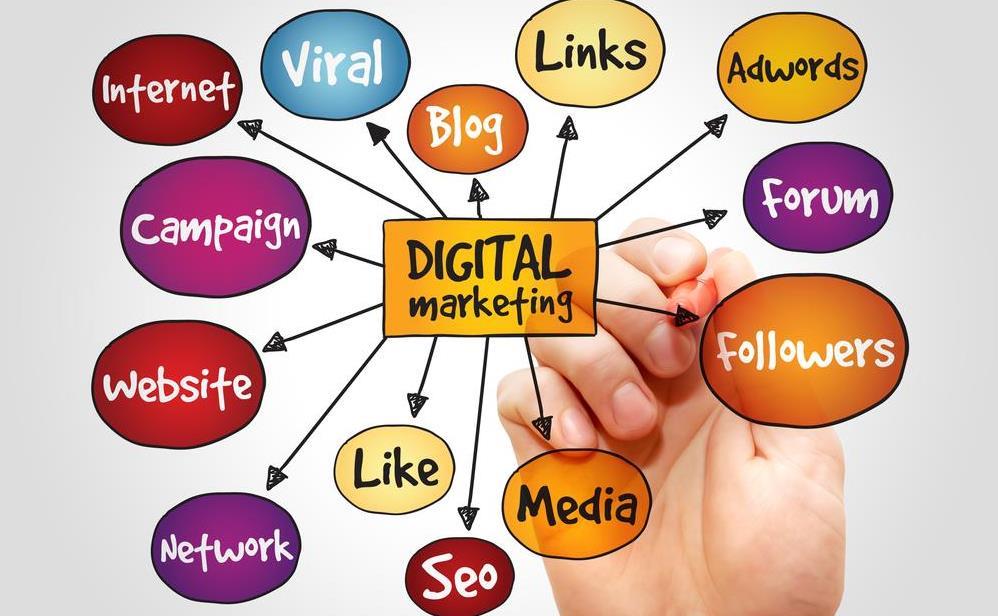The knee-jerk reaction when things are economically tough is to pull back – to stop spending, bunker down and recalibrate. While on many levels that is a sensible argument, it is not the only one.
The difference now, is that for most of us, our doors are closed. This means we don’t have the organic marketing benefit of ‘word of mouth’ that comes when audiences walk through our doors – and then spread the news for us.
In our unprecedented times of Coronavirus (COVID-19), we are more reliant than ever before on how we communicate and market our organisations on digital platforms. Visibility is all about keeping audiences – and more so – building new audiences and a community of support.
Those who don’t will be left behind when the doors reopen.
From some perspectives, heightened digital engagement could be seen as an opportunity to break out of one’s comfort zone and dive into another’s backyard and expand what you do.
KEY FACTORS TO CONSIDER
US Data Analyst Colleen Dilenschneider makes the simple point that the traditional “visit now” message simply doesn’t work at this moment.
‘Our institutions are closed. Things are different. The goal right now isn’t just to save money. It is to make sure investments are optimized and best positioned to ensure maximum attendance when it is safe for our doors to reopen,’ she said.
While cultural leaders and arts organisations are primarily concerned about keeping staff on deck, paying the lease, and minimising operating losses during ‘”the closure”, Dilenschneider says that, ‘some cultural entities panic and cut their marketing investments at the first sign of a potentially difficult financial horizon. This shortsighted instinct often digs them into deeper long-term financial holes.’
Her point is that playing catch up later is a more expensive exercise.
Making sure there are people at our doors when they reopen (or shortly afterward) means remaining top-of-mind during the time in which we are closed.
Colleen Dilenschneider
WHY YOU NEED TO PUSH NOW
Dilenschneider’s extensive research has shown that it costs significantly more to re-engage lost audiences than to retain them. ‘As a rule of thumb, it costs 5x more to acquire customers than it does to retain existing customers.’
She continued: ‘The stubborn belief that an entity may save its way to prosperity by cutting a department bringing in the money to be saved in the first place is a problem.’
Her belief is that organisations cannot afford NOT to maintain audience awareness right now, and that means a simple recalibration of your organisation’s spend on marketing. Part of that solution is thinking creatively how your organisation can amplify its visibility, and connection with its audience, in a more holistic way across platforms and messages, rather than an event-driven marketing exercise, aka ticket sales or exhibition promotion.
It was a thought shared by Marketing specialist Darren Moffatt, who believes that the first thing you have to do is to ‘audit the main product or service offerings of your business in the context of the new market reality.’
HOW TO ADAPT YOU PLANS AND SPEND
Crisis by its very nature comes upon us quickly. How organisations respond and adjust is what sets leaders apart.
Moffatt recommends that the place to start is ‘reviewing all your marketing and advertising messages to reflect how people are thinking and feeling…If your advertising messages are obviously not suited to the current mood, you need to change them – fast.’
He also warns that without any remedial action you could waste a lot of ad spend on Google and Facebook in particular, where a simple adjustment of messaging can keep your organisation on-brand and empathetic.
It was a point echoed by Dilenschneider: ‘Replace investments aimed at immediate activation (“visit now”) and focus instead on maintaining top-of-mind status and broad awareness.’
Organizations want to be ready to immediately reactivate audiences when they reopen, and that means maintaining high levels of awareness and being top of mind in the meantime.
Colleen Dilenschneider
Both Moffatt and Dilenschneider say that now is a time for organisations to meet people where they are at – online – rather than focussed marketing that is traditionally about bringing them to you.
In creating new digital products, the corporate knowledge across staff is a valuable. So is their unique position within the share economy. Done well know, this will continue to have an impact post-COVID.
They are equally valuable assets as your bricks and mortar – market them!
‘In a crisis environment, it is essential to get out there and develop new products very quickly to keep cash flowing…This is all very challenging to say the least. And yes, it will be stressful. But right now decisive action, and speed, might be the difference,’ said Moffatt.
This is new territory for all in the sector and it is a tectonic shift – fast and shattering. If you can hold on, and remain visible, engaged and in contact with your community, then you are in a much better position when your doors reopen that support group will come and visit. The advice then is to strategically market your way through it; it doesn’t have to be a big spend – it has to be a smart spend.
Dilenschneider concluded: ‘You’ve cultivated a level of awareness. You’ve worked hard to achieve top-of-mind status for certain audiences. Now is not the time to let people forget that your organization exists. Now is the time to show people how effectively you stand for your mission and your community – both when your physical doors are open and when they are closed.’





